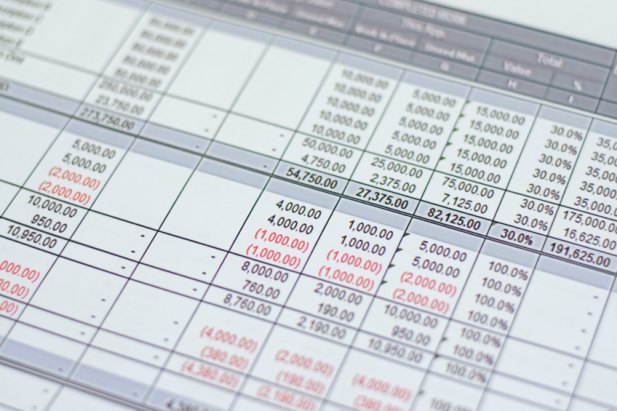
Four insider tips to manage your commercial construction budget
You’re ready to build, and it’s taken a substantial amount of time, planning and capital to get here. You have your vision for the project, and you’ve established a budget. You might feel like you’ve traveled a long road to get to this point, but truthfully, the hardest part is about to begin. Simply put, commercial construction is a substantial investment. So how do you achieve your dream while staying within the allocated dollars?
Nobody has an unlimited budget, and with a few careful measures in place, you can increase the likelihood of finishing within your cost guidelines. Here are some practical tips to help you manage your commercial construction budget.
Beat the rush. The timing in which your project is bid can have an impact on the pricing received from vendors. Time the completion of plans and specifications on/around January 1st in order to solicit and obtain vendor pricing before vendors fill up with work for the upcoming building season. Solicit for vendor pricing later in the spring and you take the risk that vendors have filled their demand for the upcoming building season, and their pricing will reflect that.
Consider your needs first, but don’t forget your wants. Good general contractors can provide what’s called an “add alternate bid” during the budgeting phase of a project, which can include the cost of what you need and also options you might like to add from the start of the project. Knowing those costs upfront is not only helpful, it could save you money down the road, depending on your contractor. Due to redesign and procurement rework, the cost of work added via change order after the start of construction can be more expensive than if determined during the pricing phase prior to the start of construction.
Select a design build commercial contractor. With design build, a single firm is held accountable for your project from start to finish, and change orders—a primary budget buster—are virtually eliminated. You won’t have to worry about surprises or communication breakdowns between the design and construction entities either. With design build, everyone is on the same page from day one, streamlining the construction process and driving costs down. As a bonus, with a single team on board, it’s easier to fast track your project as many project deliverables can be worked on concurrently.
If you do decide to hire an independent architect, choose carefully. One of the most effective ways to avoid rising costs during construction is to minimize unplanned changes. Align yourself with an architect that has a track record delivering quality plans and specifications at market-rate cost. Hire that bargain architect and you could encounter some unwelcome surprises down the road when the builder discovers missed details or poor planning. Errors and omissions within the plans and specifications open the door for change orders during the construction phase, and such errors and omissions can increase total project costs by up to 20 percent. Suddenly that “bargain” architect became a very expensive decision.
Your commercial construction project doesn’t have to exceed your budget. With a bit of careful planning and consideration given to variables early in the process, you can select the right team to bring your vision to life, while controlling costs every step of the way.